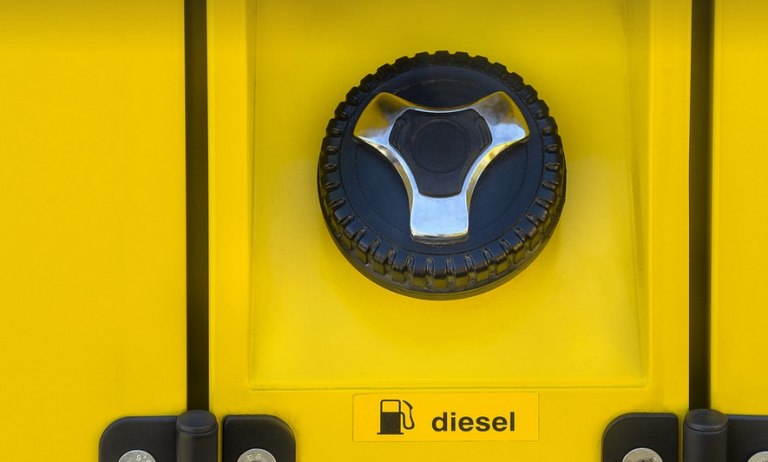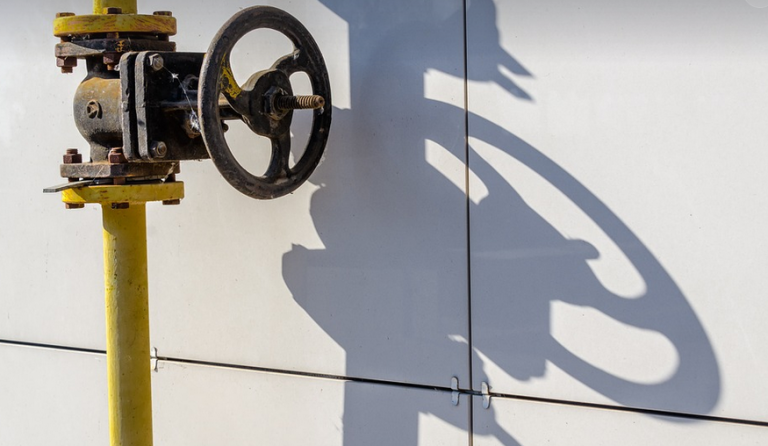What is Water “Wetting” and Why Does it Matter?
Imagine this: you’re trying to build a snowman, but instead of fluffy snowballs, your ice is melting right before your eyes. Frustrating, right? This issue often arises because water doesn’t always act like we expect it to, particularly in the realm of freezing temperatures. Water “wetting,” a phenomenon that involves the interaction of water molecules with other substances, plays a crucial role in how water behaves when exposed to cold.
In essence, “wetting” refers to the interaction between a liquid like water and a solid surface at the molecular level. When water is subjected to surfaces that are not perfectly smooth or porous, it tends to adhere to these surfaces through weaker forces of attraction. These weak bonds can be influenced by factors such as surface tension, temperature, and even the chemical composition of the substance.
The freezing point of water is a particularly fascinating phenomenon when considering wetting effects. As water freezes, the molecules arrange themselves into a crystalline structure that minimizes their energy. This arrangement involves forming hydrogen bonds between the water’s oxygen atoms, but it doesn’t completely eradicate the weaker interactions between the surface and the liquid.
How Water Wetting Influences Freezing Point
So how does this “wetting” translate into a change in freezing point? It all comes down to the interplay of two main factors: the contact angle and the surface tension.
**Contact Angle:** The contact angle plays a vital role in determining the behavior of water on surfaces. Imagine placing a drop of water on a smooth glass surface. If you observe that the water droplet stays relatively flat, with no significant change in shape as it freezes, this indicates a low contact angle (ideal for freezing point). For example, a hydrophobic material like Teflon has a small contact angle, leading to a frozen droplet’s unique shape.
**Surface Tension:** The surface tension of water is responsible for its ability to form droplets. It acts as an invisible glue between the water molecules, pulling them closer together. However, when water comes in contact with a surface that has a high surface roughness or porosity, this tension gets broken down.
**Freezing & Wetting: The Interplay:** As water freezes on surfaces, it experiences two different behaviors depending on how the “wetting” process unfolds. Think about how water droplets cling to paper napkins in winter – these are examples of a high contact angle that leads to wetting, and subsequently, a change in freezing point.
Real-World Applications
Understanding the effects of water wetting on freezing point has several important applications:
- **Refrigeration:** The ability to manipulate freezing points allows engineers to design more efficient refrigeration systems. By utilizing techniques like “supercooling” and “antifreeze,” these systems can maintain a steady temperature range.
- **Chemical Processing:** Water wetting plays a crucial role in chemical processes, especially in reactions that involve liquids or solids. It influences the distribution of reactants and products throughout the reaction vessel.
- **Agriculture:** Farmers use knowledge of water wetting to improve irrigation systems by controlling water flow and evaporation rates, leading to better crop yields.
The study of water wetting is not just a theoretical pursuit; it holds practical implications for various fields. Researchers are continually exploring new techniques and applications to harness the power of this phenomenon, paving the way for innovative solutions in diverse industries.
Breaking Down the Concepts
To delve deeper into this intriguing subject, let’s break down some key concepts related to water wetting:
- **Surface Tension:** A measure of a liquid’s resistance to external forces. Water molecules exhibit strong surface tension due to hydrogen bonds, enabling them to form droplets.
- **Contact Angle:** An angle formed between a liquid droplet and a solid surface. This angle determines the wetting behavior and influences freezing point.
- **Wetting & Freezing Point:** Water’s “wetting” on surfaces can significantly alter its freezing point due to the interplay of contact angle and surface tension.
By understanding these concepts, you’ll gain a better appreciation for the intricate dance between water molecules and their surroundings.
Conclusion: The Wonders of “Wetting”
In essence, water wetting is an essential force that influences various aspects of our world. From simple everyday phenomena like ice formation to complex industrial processes, understanding this phenomenon is crucial for unlocking its potential in a wide range of applications.




















